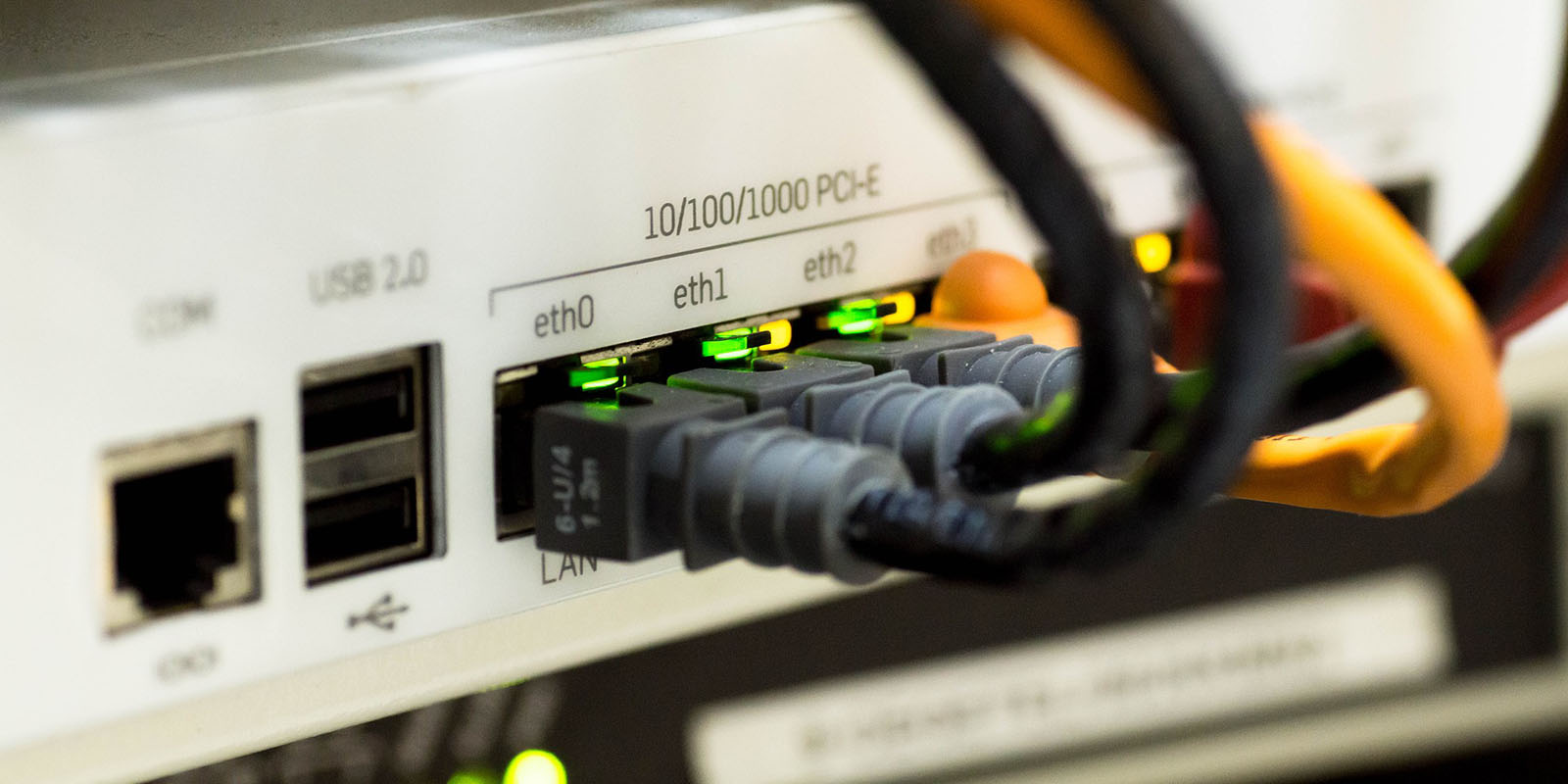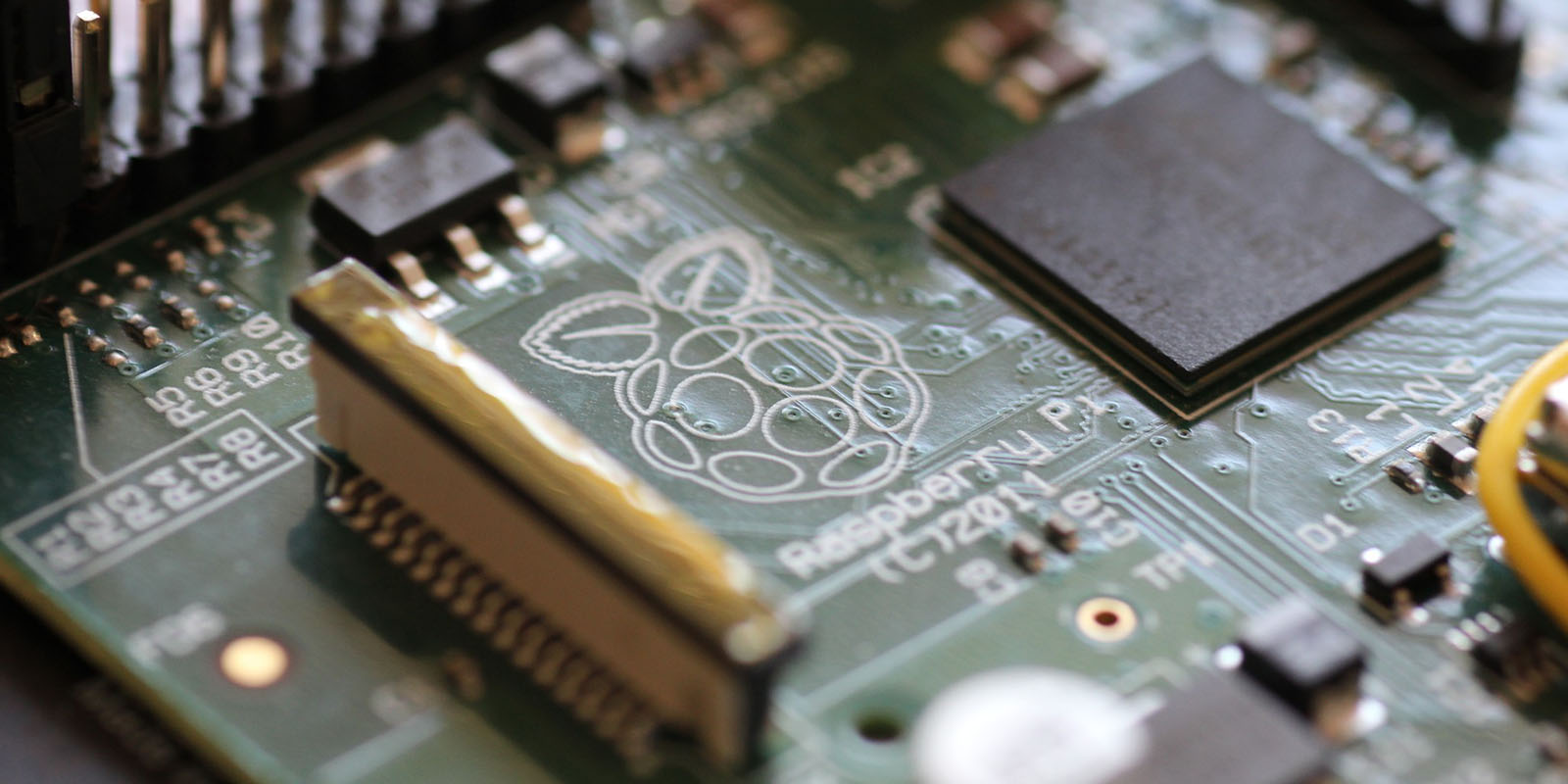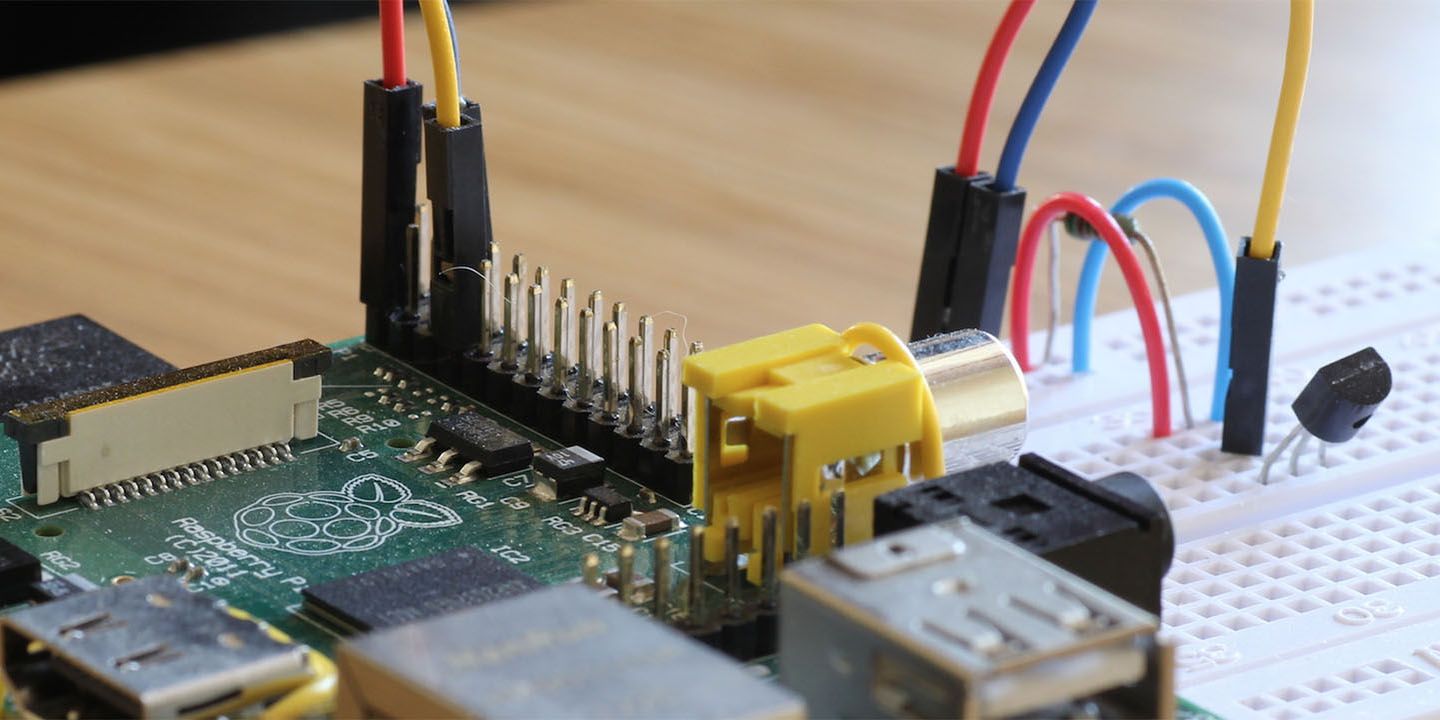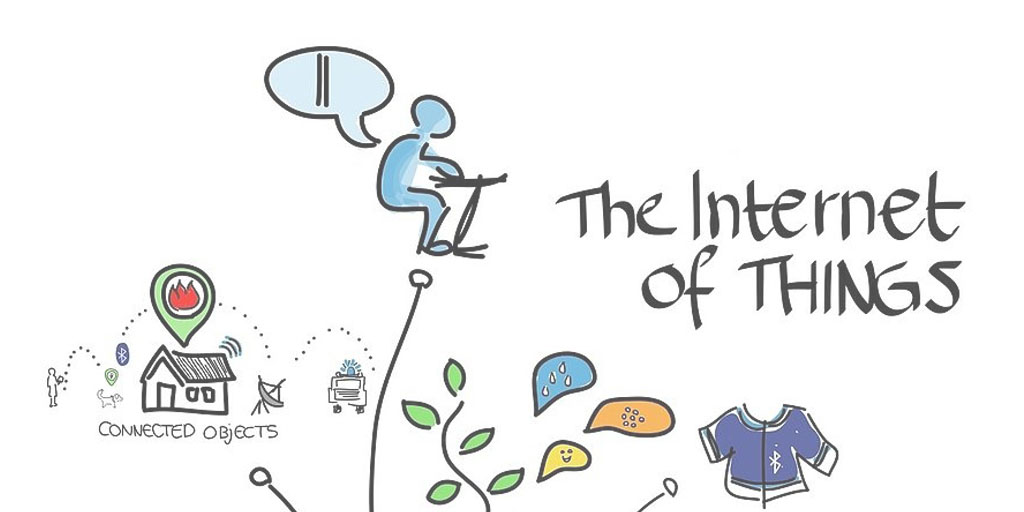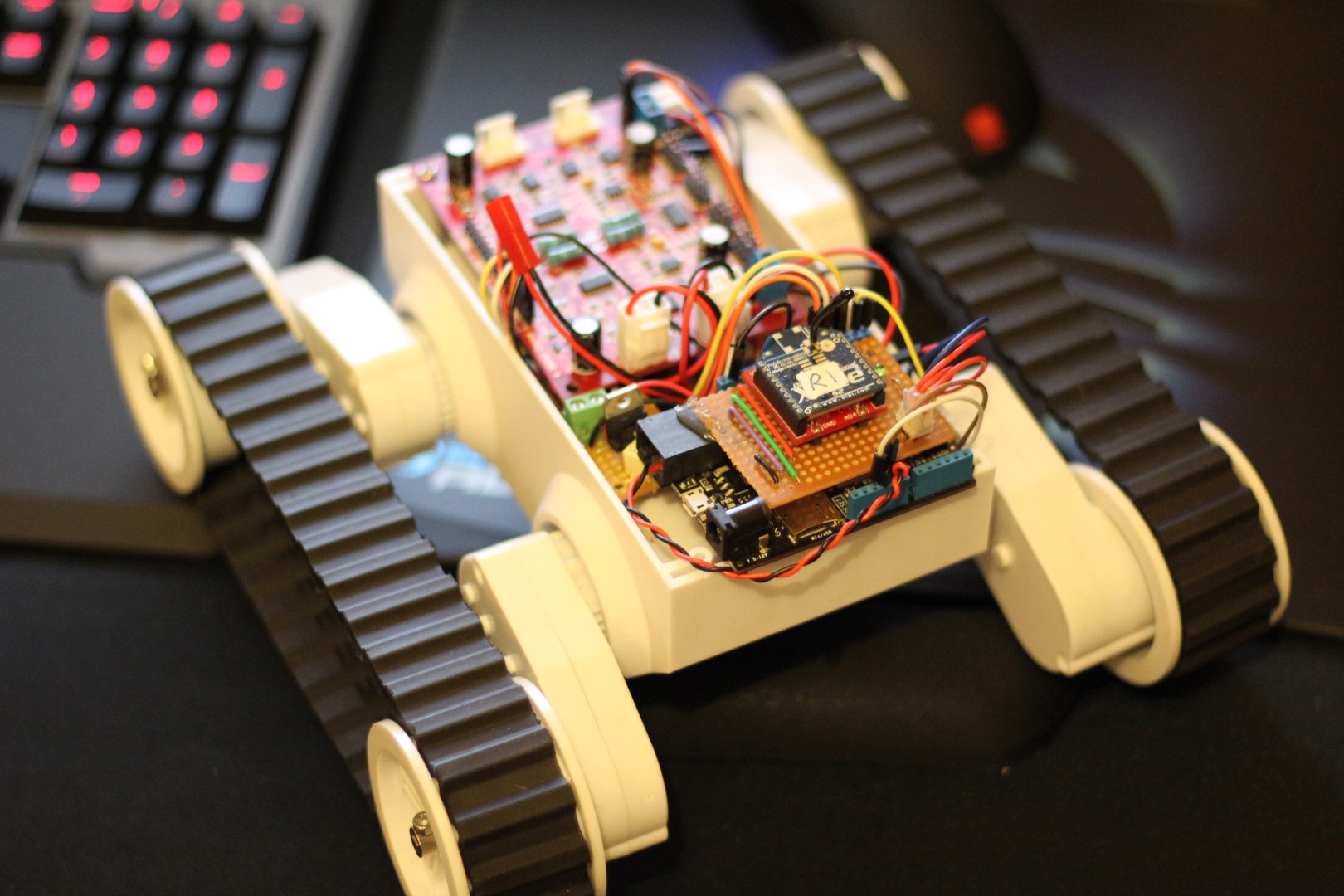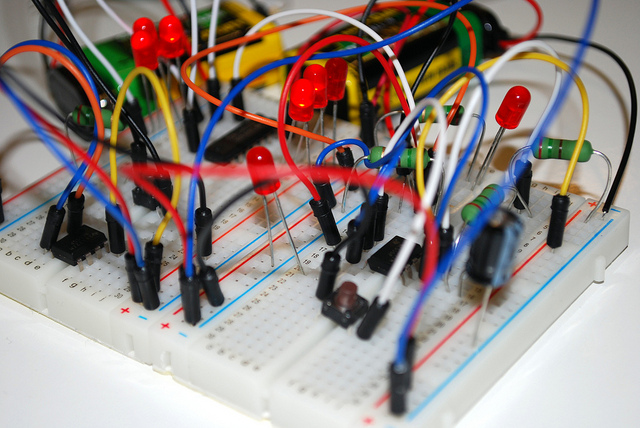Blog
We like to blog about technology and all things IoT / M2M related
In recent years, M2M / IoT systems have faced a growing collection of security threats. Large numbers of IoT devices have been used by attackers to mount DDoS attacks against targets. Other more sophisticated attacks have sought to use sensor devices to spy on users and to take control of remote devices and change their behaviour.
One of the first considerations when putting together an M2M / IoT system is what protocol to use between the remote device or asset (the client) and the central server (e.g. the cloud server). This article discusses the factors to consider when choosing a protocol and looks at some of the more popular ones used when connecting remote devices to a server.
Monitoring the performance of mission-critical IT systems is important. Being able to spot bottlenecks and potential scalability problems before they start to affect users is extremely valuable to system operators.
I came across this interesting image and it got me thinking, is it worth the time?
Sometimes the Raspberry Pi hangs for all sorts of unforeseen reasons. When I have setup a Pi a long way from home it can be very annoying to have to physically power cycle it. This is where the hardware watchdog comes in.
While moving office I came across the Raspberry Pi I bought a few years back for my son in the hope that this would start his path to technical guru and I could retire early.
In a sentence: IoT is the interconnection of smart devices via the internet.
We’ve been helping quite a few customers recently with migration from 2G (mostly GPRS) to 3G/4G or at least have a option for supporting 3G/4G at some point. For the purposes of this article I’ll just simply refer to 3G here and not all the various flavours of UMTS, HSPA, CDMA200 and LTE etc. so you might have to forgive me for being over simple.
We attended the Open Computer Science Python event and organised a workshop to teach young people how to code in Python, to make it a bit more interesting we had a robot that could be controlled remotely.
We attended the recent workshop to help boost under 18’s interest in electronic engineering. It was a successful day where the young people were taught about discrete electronics and made some interesting circuits for example lie detectors and LED chasers.

